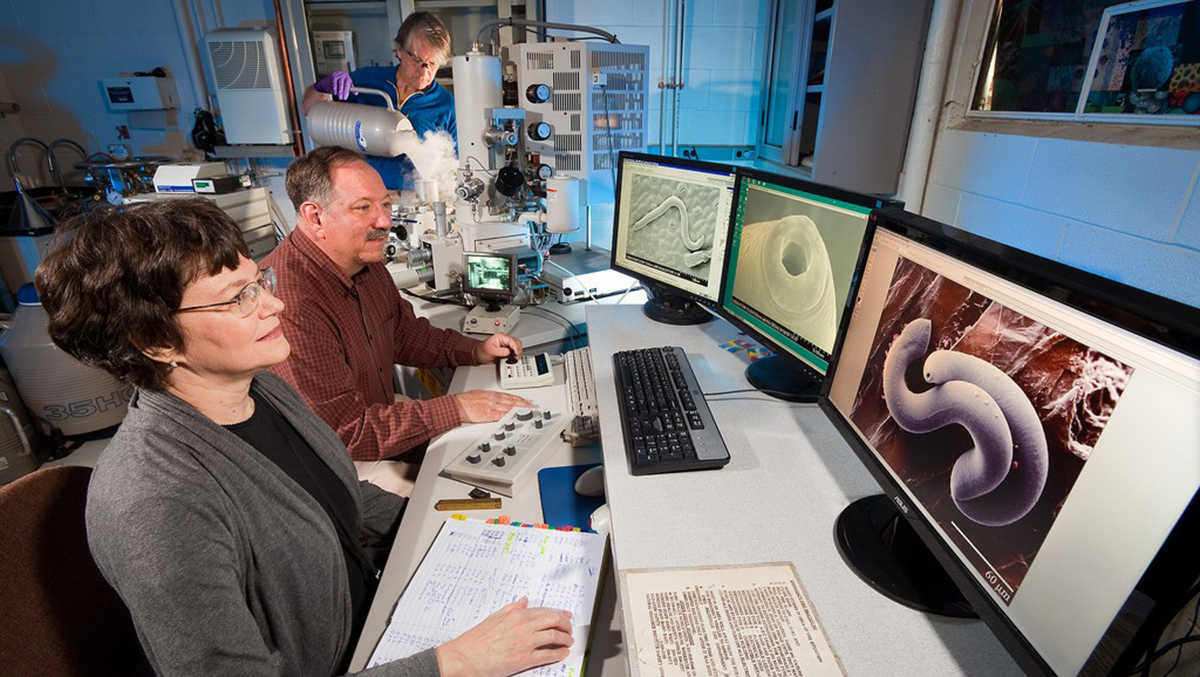Table of Contents
For several years, alternative health experts have been telling us that prediabetes and type 2 diabetes may be, to a certain extent, caused by imbalances of bacteria in the gut. Recently conventional medicine has found a way to restore the balance of gut bacteria in as little as 28 days to lower blood glucose levels, lower cholesterol, and reduce inflammation.

The bacteria in the lower digestive tract tend to be one of three types, Bacteroides, Prevotella, or Ruminococcus.
People whose digestive tracts contain mostly Bacteroides tend to have more riboflavin and vitamin C in their bloodstreams. People whose digestive tracts contain mostly Provatella tend to have higher levels of folic acid and thiamin.
And people whose digestive tracts contain bacteria that release small amounts of inflammatory toxins, not enough to cause obvious symptoms but enough to cause insulin resistance, tend to develop prediabetes and type 2 diabetes. Dr. Mark Heimann of Mark Heiman, a research scientist at MicroBiome Therapeutics in Indianapolis, Indiana in the USA has been working on a combination of probiotic, friendly bacteria and the prebiotic food they need to thrive in the gut as a treatment for type 2 diabetes.
NM504 for Glucose Intolerance and Type 2 Diabetes
The specific combination of bacteria and prebiotics to feed them with which Heimann and his colleagues have had the greatest success is a product called NM504, which has not yet received a trade name. This product is the first of a new class of diabetes treatments known as gastrointestinal microbiome modulators. The gastrointestinal microbiome is not just the bacteria that live in the human digestive tract, but also the physical and chemical factors that sustain them.
It isn't enough to introduce these bacteria into the parts of the digestive tract where they do their work. It is also necessary to provide these bacteria with the food they need, which is not necessarily provided by food that is nutritious to their human hosts, and with the conditions they need to flourish, that is, to protect them from other bacteria to establish a healthy balance in the gut.
Just How Well Do Gastrointestinal Microbiome Modulators Work?
The initial testing of the new gastrointestinal microbiome modulators has been extremely promising. Four weeks of treatment with the combination of probiotic bacteria and the prebiotics on which they feed increased the thickness of the mucus lining of the gut. This slowed down the rate at which the diabetic volunteers in the study received glucose digested from the food they ate.
See Also: One More Reason to Eat Cheese: Probiotic Bacteria Helps Tackle Aging and Boosts Immune System
Four weeks of treatment:
- Improved glucose tolerance (users of the product had lower spikes in blood sugars after meals and lower fasting sugar levels).
- Decreased total cholesterol.
- Decreased desire to eat.
- Decreased C-reactive protein, a measurement of inflammation.
- And increased immune system activity in the colon, indicating greater resistance against diseases.
- Pullen LC. Therapy Shifts Diabetic Microbiome, Improves Glucose Control. Medscape Medical News Conference News. 24 June 2014.
- Photo courtesy of U.S. Department of Agriculture by Flickr : www.flickr.com/photos/usdagov/8412938510
- Photo courtesy of Jamie by Flickr : www.flickr.com/photos/jamiesrabbits/5748419412


Your thoughts on this